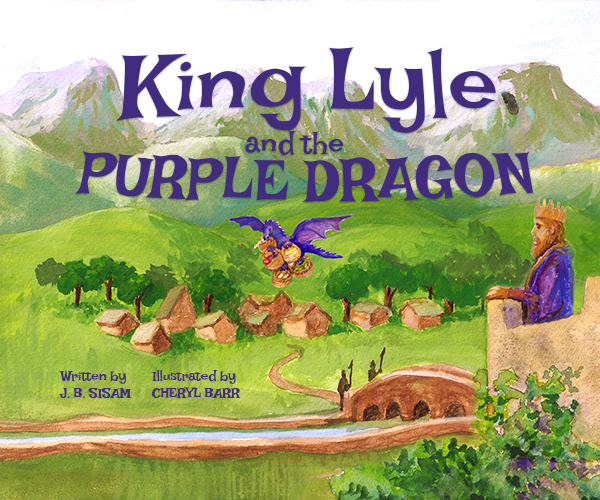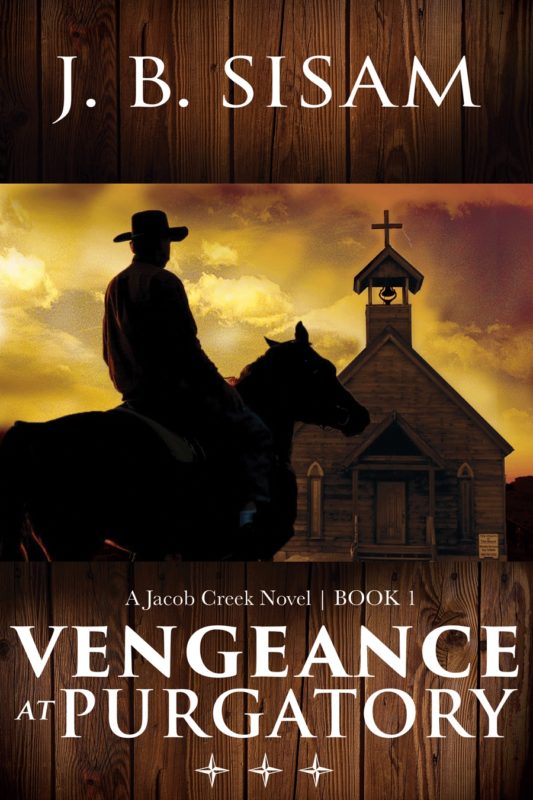If you’ve done any form of writing, you know we are bombarded with the rules of writing. Rules exist to give us boundaries in which we operate. What if there was one rule writers say you should always follow? That rule, outlining.
In today’s episode, we’re talking about outlining a book and why this is the number one rule you should abide by. But there is more than one way to outline a book and I’ll show you my favorite way. Also, I have a special “free” gift for you, just for listening to this podcast.
When I wrote, I did not use any form of outlining or story mapping. The reason, I had no clue what I was doing. Something magical happened, my novella wasn’t taking shape and I realized (that’s the magical part) I needed to help myself along. I ended up taking my story and writing down everything I wanted to happen before I wrote the final chapter.
Without knowing what you’re up against in writing a book, will leave you feeling like a failure. If you don’t have a clue where you’re headed in writing your book, I encourage you to figure out who you are as a writer. This will be the crux in which you’ll navigate the book writing world.
Two types of writers—Outliners and Pantsers.
If you were to take a poll on any writing forum or group, you’ll quickly discover writers usually fall within two major camps: plotters/outliners and pantsers. But determining which writer you are, we need to see what the difference is between the two styles of writing.
OUTLINERS: These individuals are meticulous in how they approach writing. They write and plot out each major detail that must be included in their Work in Progress. People like James Patterson and Stephenie Meyer fall into this category.
Stephenie Meyer says this about outlines, “you really need an outline to work–to keep from getting lost.” Likewise, James Patterson says this about outlining, I’m a fanatic about outlining. It’s going to make whatever you’re writing better, you’ll have fewer false starts, and you’ll take a shorter amount of time. I write them repeatedly. You read my outline and it’s like reading a book.”
PANTSERS: These individuals love to fly by the seat of their pants. They don’t dictate where the story is going, they allow the story to evolve as the characters get into trouble. They want a natural organic way of telling a story. It evolves much like life. Once you get to the end, they’ll know it.
Stephen King famously threw gas on the writing fire when he said in his book, “On Writing” that he doesn’t use outlines and other writers shouldn’t either. King says to put characters into situations and see what happens.
Don’t think, just write.
Again, Stephen King says, “try to put interesting characters into difficult situations, then write to find our what happens.” Know your story to a point, but plotting is just an exercise to get you from point A to point B. Don’t allow the minute details to stop you from actually writing your story.
In other words, stop over thinking your writing, and begin to actually write the story you were meant to write.
Decide early on who you are.
Pantsers struggle with sticking to structure while plotters struggle with bunny trails and they both get frustrated. It’s one thing to write an outline and stick to it but don’t become so rigid that you’re unwilling to give pantsing a try. You might even like it. Likewise, don’t be so dogmatic about throwing characters into situations that you forget why your even writing the story.
You will discover who you are and you will find which form of writing best suits your taste and style. I know I did, and it took a few years to discover that I love outlining to a point and then it’s all panting from there.
Learning to Outline:
Now that we’ve discovered our two main methodologies to writing a book, let me say this, there are several methods when it comes to structuring your novel or book. The question you must answer is this, which method works best for you?
1. Traditional/Formal Outline.
A traditional outline involves a linear thought process. You begin with the main idea (your big A) followed by several sub ideas and sub-sub ideas. Here’s what a traditional outline looks like:
A. Main Scene
1. Sub idea
a. sub-sub idea
b. another sub-sub idea
1. taking the idea and breaking it down.
B. Next Main Scene
While this seems over the top, sometimes a very detailed outline is needed. This is especially true with writing a teaching book. An editor needs to see some kind of detailed outline from you. This is a classic, standing the test of time.
2. Simplified or Bullet Outline.
This is about getting to the bones of your story/book down. You don’t need to be as detailed as the formal outline, you need enough information to get started. I like this outline and will often begin my thought process of a book as a bullet list.
One of my favorite apps called Workflowy is a simple bullet point tool that helps you get your thoughts down. The nice thing about using a bullet point app like Workflowy is you can write paragraphs if you wanted.
Basically, this outline method helps you keep the story flowing without getting too detailed.
-
Main Scene
-
Sub idea
-
sub-sub idea
-
another sub-sub idea
-
-
taking the idea and breaking it down.
-
-
Next Main Scene
3. The Snowflake Method.
This way of outlining is a highly organized and systematic way of writing a book. It involves starting with a small or main idea and expanding outward, like a snowflake until you’re happy with each segment of your book.
This method allows the writer to explore different ideas and find the parts of their story/book that work and those that seem to come to a dead end. The nice thing, no two snowflakes look the same. The warning with this style of outlining is, you can get too carried away that you lose sight of your original intent for writing your story.
4. The W – Three Act Outline.
You’ve heard it said that every great story has three to four major acts. Look at TV, you have your opening act that sets up the story and concludes with a major problem – END ACT 1. Then you take your problem and that ends up moving your characters to a major conflict – END ACT 2. Once that happens it’s time to move that conflict to the main climax or final showdown which concludes with resolution and falling action – END ACT 3.
This is the major story arc for all novels. You can use a similar idea for a non-fiction book. ACT 1, set up the problem you’re addressing. ACT 2 – Help the reader discover there is an answer by telling positive testimonies. ACT 3 – Show the reader steps to take their life to the next level so that they can succeed on their own.
You can use bullet points or sentences or just a paragraph to describe your three-act outline.
5. The Plot Board Outline.
This takes the W and marries it to your bullet point outline. This is my personal favorite outline and I now begin all of my major writing projects with this method. (see my picture below).
I begin by writing ideas on post-it notes. I consider each note a scene in my book. Once I’ve written my story, I organize them into sequential order and place them onto a 3-way fold out science project board. I break the board into 25 squares. Each square is a chapter in the book.
The thing I love about using this, I can visualize my outline and my story arcs. At the end of the first three rows, I set up the next arc. If you’re a visual person and hate writing outlines, this is a great way to pants your way through the book without committing to several thousand words you may end up throwing away.
6. The Chapter Synopsis Outline.
This is the second style of outlining I do for each book. In fact, I use this for outlining my blog posts.
I’m a huge fan of James Patterson, mainly I think my writing style is similar. I like fast action, short chapters, and want my story to skip all the fluff. This is his method for writing.
Patterson sits down with a yellow legal pad and a pencil and write out a couple hundred words for each chapter. This is by far the second easiest form of outlining. I take my bullet points from the plot board and turn them into paragraphs. Each paragraph becomes half a page and concludes one chapter.
By the end of the outline, I may have nearly 10,000 words written and 65 or more chapters detailed. This is where I throw on the pants and let the story fly.
7: The Simplified Synopsis.
This really isn’t much of an outline but more of a writing down your WHY for the book. Using this is helpful for the pantsers. It allows you to get an overarching idea of what your book is before you commit to writing.
Here’s a simple outline for you to use:
My book ____state the title_______
is about ______idea/character____ | alt will help _______target audience___________
to do/understand __________goal of writing the book____
so that ___desired transformation______.
No matter what style of writer you are, the goal of writing is to write. Dean Koontz says this about writing;
1—Plunge your main character into terrible trouble as soon as possible. (That trouble will mean something different depending on your genre. For a thriller, it might be life-threatening. For a romance it might mean choosing between two suitors.)
2—Everything your character does to get out of the trouble makes it only worse.
3—Eventually things appear hopeless.
4—Finally, everything your character has learned through all that trouble gives him what he needs to personally conquer the opposition.
That’s how you write. Make sure you follow Koontz advice and next time try one of these outline ideas, you never know how you may find a perfect way of writing that fits and meets your needs.
Get THE outline you need to write your book with ease!
What if you could outline your book today and start writing tomorrow? Want to know the secret?
Get the perfect Story Board Template and stop procrastinating on your book.




 Jason (J.B.) Sisam. Best-selling Amazon author of the Christian Early Reader book,
Jason (J.B.) Sisam. Best-selling Amazon author of the Christian Early Reader book, 










LEAVE A COMMENT HERE:
Please note: I reserve the right to delete comments that are offensive or off-topic. Also, this is a clean website, use of any language is not tolerated and your post will be deleted.